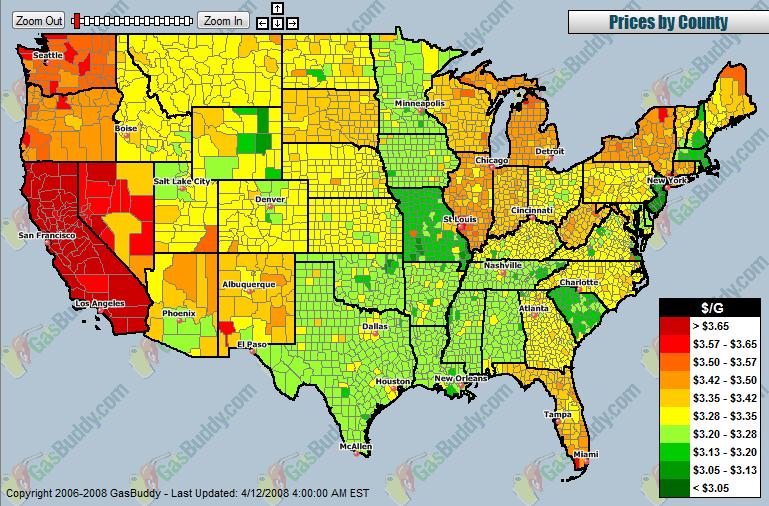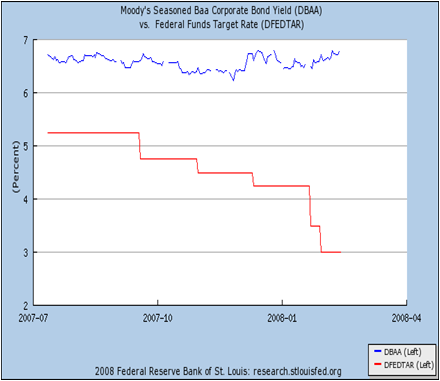Inspired by this piece in the FT by Martin Wolf …
“I am feared; therefore I am.” This is more than a restatement of Machiavelli’s celebrated advice that, for a ruler, it “is much safer to be feared than loved”. Vladimir Putin, the latest in the long line of autocratic Russian rulers, would agree with the Italian on that. But the war in Georgia is not just a re-assertion of Machiavelli’s principles of statecraft; it is a renewal of Russian national identity. It is yet again feared. In the eyes of its rulers, therefore, it exists.
… a friend asked why, if Georgia started this whole thing, we’re necessarily viewing Russia as the bad guys. This was my attempted reply:
First the background. The area of the Caucasus (Georgia, Azerbaijan, Armenia and bits of southern Russia) is viewed as generally important for a few reasons:
- Geographically, it represents the land-bridge between the Caspian sea to the east and the Black sea (which connects to the Mediterranean sea through the Bosphorus (the body of water that splits Istanbul in half)).
- Economically, it is traditionally a very important trade route between Europe and the east. In today’s world, that means that oil pipelines run through the area (the Bosphorus is the world’s busiest stretch of water for oil (the English channel is the busiest overall)).
- Politically, it has been a focal-point of conflict for centuries, since it represented the junction of the Russian, Ottoman (Turkish) and Persian (Iranian) empires. Since World War I for sure and arguably before, the area has been seen as Russia’s “backyard” – the equivalent of Mexico and central America to the USA.
- Militarily, the three previous reasons join to give it enormous strategic value. Commanding the Caucasus enables you to project power all over the Middle East and eastern Europe.
All of this is complicated by the fifth point:
- Culturally, the area is enormously diverse and filled with distrust. The various national boundaries are really pretty arbitrary and only loosely represent the various ethnic, religious and linguistic groupings. Note, in particular, that the Armenians were on the receiving end of an intensely brutal killing spree by the Turks back when the Ottoman empire was coming apart. Asking whether or not to call that event genocide is a good way to get people’s tempers from perfectly calm to screaming rage in milliseconds.
On to recent history:
Given that Russia had “owned” the area for the best part of a century, it was enormously shameful to them to lose it when the Soviet Union broke up in the early Nineties. It was, in a way, the ultimate demonstration of their descent (however temporarily) into mediocrity as a world power. Imagine if not just Cuba, but the entirety of Central America had switched to Soviet-inspired communism over the space of two or three years in the late 1980s. America would have shat itself.
From the point of view of the rest of the world, though, the move to independent statehood for the three little countries represented a victory over Soviet communism and a triumph for (hopefully democratic) liberalism. That is the backdrop to the Georgia conflict. It’s Russia-at-the-core-of-the-Soviet-death-machine that is seen as the bad guy and Putin as the ex-KGB nutjob that’s pulling the strings and taking Russia back to the Bad Old Days ™.
To a certain extent, this is partially the West’s fault. When the Soviet Union fell, we didn’t do the sportsmanlike thing of offering them our hand to help them stand up. We kicked them while they were down. The Shock Therapy that we foisted on them through the voice of Jeffery Sachs might arguably have helped the Soviet satellite states like Poland and the Czech Republic, but in Russia itself it really only served to cause massive unemployment, the dismantlement of healthcare and other forms of state aid and worst of all, the pillaging of anything of economic value by the now-infamous oligarchs. On top of that, Nato simply started marching east. Russia was admitted to the G8 only grudgingly, was ignored utterly in Kosovo and has never been recognised as a grown-up on the post-Cold War stage.
Telling Georgia that they could ultimately join Nato just after Russia had finished bludgeoning Chechnya into submission with a nail-studded bat was the equivalent of deliberately spilling red wine on Russia at a fancy dinner party and then saying loudly so everyone could hear “Oh dear, and that’s your only suit. Well, I’m sure you can scrub it out in the kitchen” before turning your back on them to talk to the Austrians about how their music was always so much more inspired than that brutish Russian peasant noise.
Russia has been handing out Russian passports to anybody old enough to hold them in South Ossetia for years so they could declare that they were simply defending their citizens. They’ve been sort-of-almost occupying the region for a while anyway under the guise of peacekeeping, but that role was never recognised by the UN or any other country in the region. Formally, South Ossetia and Abkhazia are part of the sovereign nation of Georgia. Their declarations of independence were – it’s widely believed – to have been encouraged, if not actually orchestrated, by Russia in an attempted loose parallel to Kosovo.
The West in general and the USA in particular had told Georgia that they had their backs. Georgia had troops in Iraq fighting with the Americans. The Georgians, stupidly it turns out, thought they were genuine allies of America. When Georgian troops started going into South Ossetia and triggered this whole mess, it demonstrated two things. First, that the USA under the Shrub [*] administration had really, really dropped the ball in its international relations. That the Georgians managed to get the idea that the US would rush to direct war with Russia over the Caucasus really says that the State and Defence departments screwed up badly. Second, that Russia was staggeringly well prepared for the Georgian move. They just happened to have an enormous mass of troops just over the border waiting to leap to the Ossetian’s defence? No. This was a trap laid by Russia and Georgia walked into it.
[*] Little bush.

